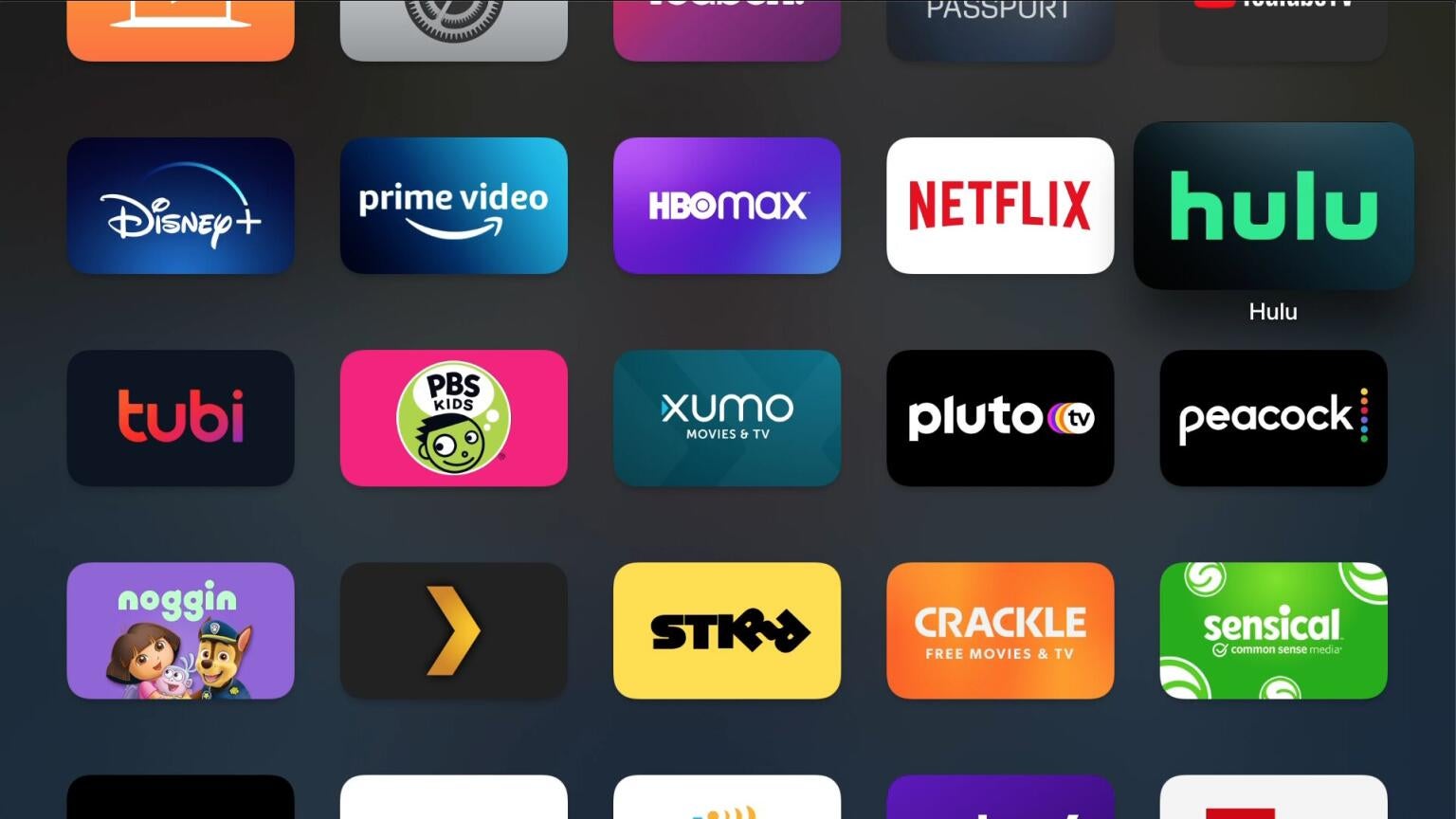
A new study suggests streaming services that wish to keep their customers need to invest heavily in content. Those with a stagnant library risk the dreaded “churn” - when a viewer chooses to let their subscription lapse.
The Parks Associates study found that there were several causes for churn in streaming video, ranging from the most frequently cited reason of “reducing household expenses” to the least-cited issue — a lack of time to watch the service’s content. Available content played a role in nearly every other response left, however, illustrating the value of content in keeping subscribers.

The second most-cited reason for leaving a service was that the subscriber finished watching the show they wanted to see. “Couldn’t find good program to watch” was the fourth most cited reason, and the sixth most cited reason was “the service took away programs that I like to watch.” Immediately after that came “I like to change services occasionally to find new content.”
Out of eight potential reasons to cancel a service, half of them were related immediately to content. Just three were directly connected to price, while the last reason was more a matter of personal circumstances. Moreover, three of the top five causes are connected to content rather than price, which means that content generally weighs more heavily on a consumer’s decision than price does.
It’s no coincidence that Netflix and Disney+ have the largest subscriber bases in the industry. Both offer libraries that are more than 80% exclusive. Cutting off your subscription cuts off your only legal way to access those films and shows.
Parks Associates senior analyst Paul Erickson noted “Content is key to OTT success, and the path for consumers today to get to that content is the crucial search and discovery process.” Erickson elaborated from there, noting that having solid content is only half the battle. The second half comes from a proper user experience that allows the user to better find the content that’s best for them.
This is true to a point. If customers can’t find the content that they want to watch—or would want to watch if they knew it existed—then it’s about the same as not having the content to begin with. Building a system that allows for better discovery is, or should be, vital to every streaming service out there. The question is just how far it can possibly go. Once you’ve organized every show on your platform by genre and runtime, what’s left? How much farther can a user interface go in pinning down what’s available?
Keeping these services updated and easily accessed could be the key to removing a lot of churn outright. Price-sensitive customers will always remain price-sensitive, but content-sensitive consumers are that much more likely to stick around if their biggest problems are removed.
Not all problems are that easily solved, of course. We know the average streaming household is using close to nine different streaming services already. That puts every streaming service on notice that, if there’s ever a time crunch or an unexpected bill, they could be out the door at any given time and supplanted by other services. However, we’ve also seen how Peacock currently suffers the highest churn, followed closely by free, ad-supported streaming services that are heavily dependent on catalog titles like Tubi and Crackle. People want content, and preferably, content they either haven’t seen before or don’t remember seeing.
The Parks Associate study drives the point home: content is king. Price is its prince. Faltering on pricing issues will lose customers, but more will likely head for the door once there are issues with content.